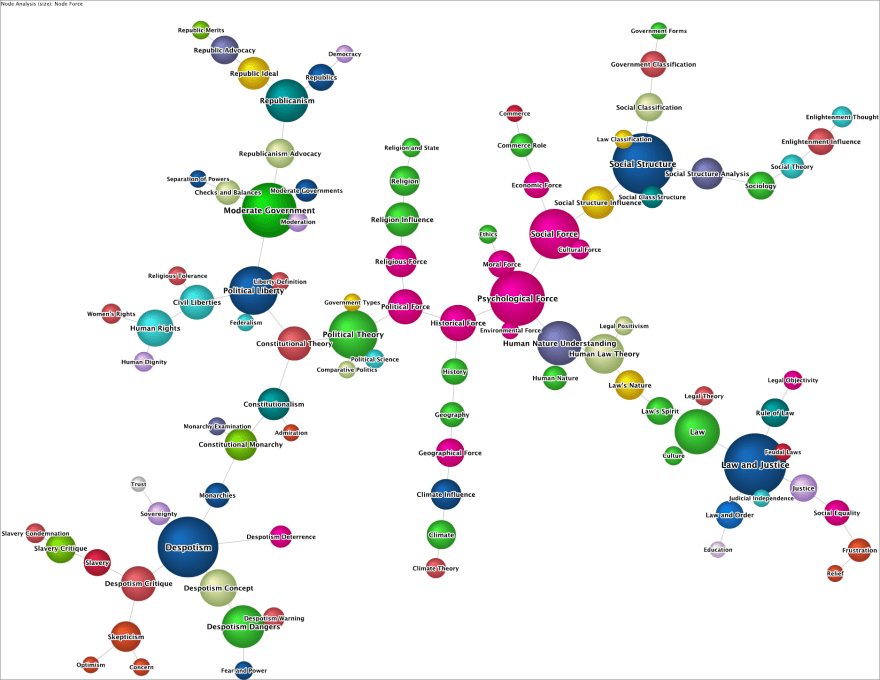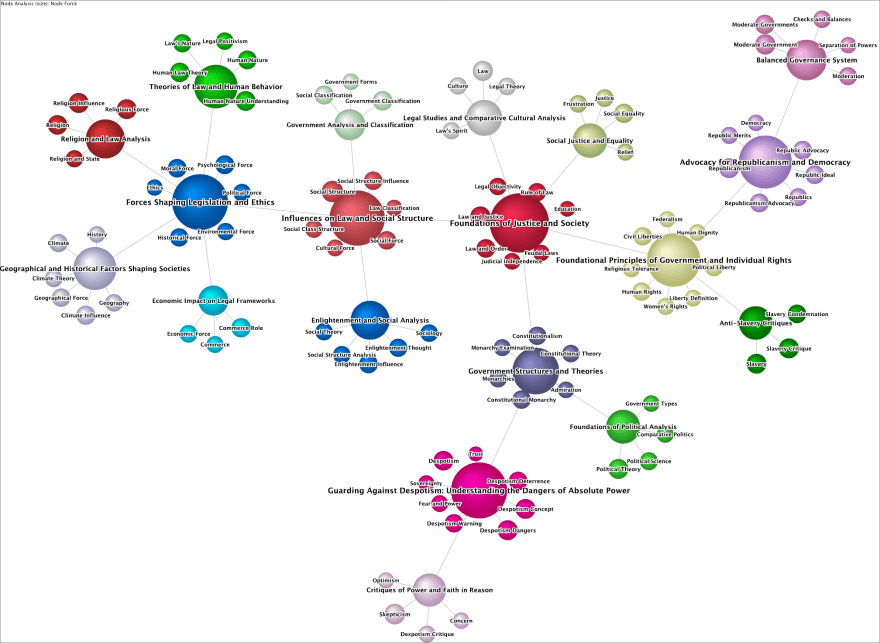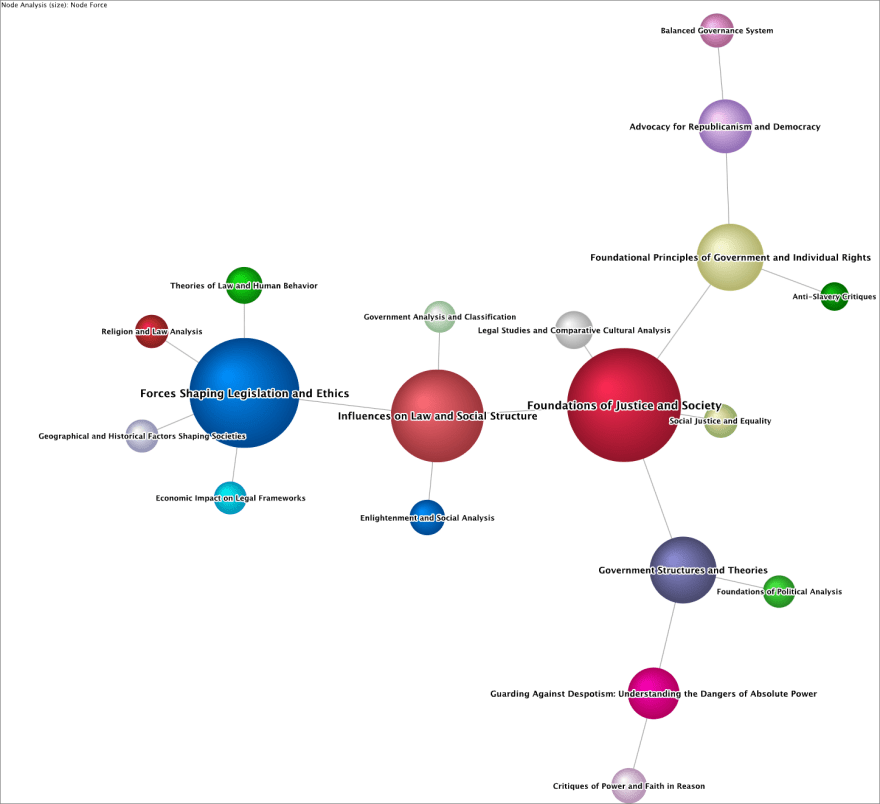Charles de Montesquieu: The Spirit of the Laws (1748)

Welcome to our comprehensive exploration of Montesquieu’s seminal work, “The Spirit of the Laws.” Through the lens of Hellixia, we will embark on an intellectual journey to dissect and understand this monumental text, which remains a cornerstone in the realms of political science and philosophy.
In this section, we will conduct a detailed holistic analysis, delving deep into the complex layers that constitute this influential work. Focusing on various aspects like Concepts, Values, Impacts, and Perspectives, we aim to forge a rich, multidimensional exploration of Montesquieu’s political theory. This analysis explains in depth Montesquieu’s views on systems of governance, law, and the underlying principles that drive societies.
Join us as we traverse the intricate pathways of “The Spirit of the Laws”, illuminating the timeless wisdom encapsulated within its pages and unraveling the broader implications and influences of Montesquieu’s revolutionary thoughts on the modern world.
Workflow for Creating a Semantic Network
- Start by creating the node “The Spirit of the Laws, by Montesquieu.”
- Use the Dimension Elicitor with this set of keywords: Achievements, Characteristics, Components, Concepts, Considerations, Contributions, Domains, Elements, Emotions, Features, Feelings, Forces, Ideas, Impacts, Perspectives, Purposes, Sentiments, Subjects, Themes, Theses, Topics, and Values.
- Inspect the dimensions returned by Hellixia and eliminate any that seem superfluous or unrelated to your analysis. Next, disregard the “The Spirit of the Laws, by Montesquieu” node and run the Embedding Generator on all remaining nodes to apprehend the semantic associations of their names and comments.
- Use the Maximum Weight Spanning Tree algorithm to generate a semantic network.
- Change node styles to Badges to ensure each node’s comment is visible. Then, apply the Dynamic Grid Layout to position the nodes on your graph; remember that this algorithm is not deterministic, and its orientation—vertical, horizontal, or mixed—is random. You might need to execute this layout several times to obtain an arrangement that aligns with your taste.
- Switch over to Validation Mode
F5and select Skeleton View. Since your network doesn’t represent causal relations, Skeleton View will maintain only node connections without indicating a direction.

Workflow for the Node Force analysis
- Return to Modeling Mode
F4and alter the node styles to Discs.
- Use the Symmetric Layout and switch to Validation Mode
F5to run a Node Force analysis.

Workflow for creating the Hierarchical Semantic Network
- Execute Variable Clustering: This operation will categorize analogous variables based on their semantic relationships.
- Open the Class Editor and run Class Description Generator to generate descriptive names for the factors in question. Use the Export Descriptions function and save the newly created descriptions.
- Return to Modeling Mode
F4and run Multiple Clustering to generate latent variables.
- Run the structural learning algorithm Taboo. Ensure the “Delete Unfixed Arcs” option is enabled.
- Use the descriptions you exported earlier as a Dictionary to rename the latent variables you’ve created.
- Switch to Validation and apply Node Force.

- Given the size of this network, we can focus on the upper level of the hierarchical network. Below is the Node Force analysis on these factors only, i.e., excluding all manifest variables before the analysis.

